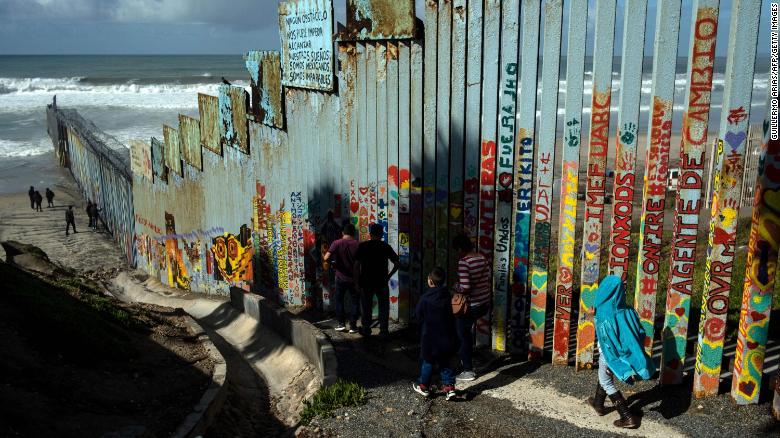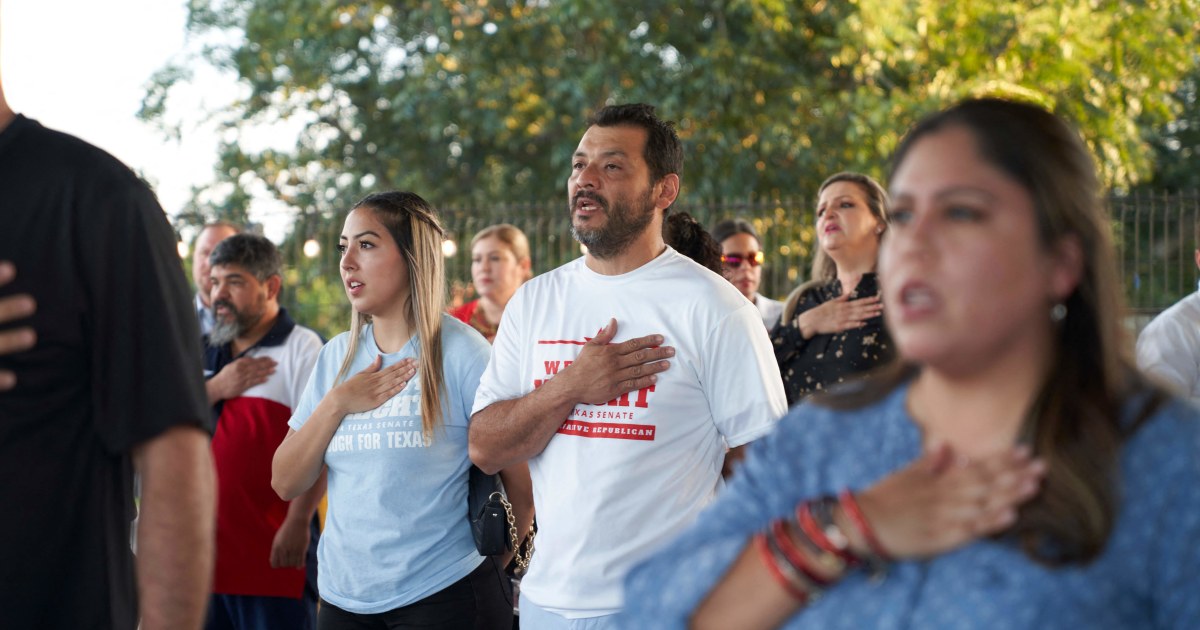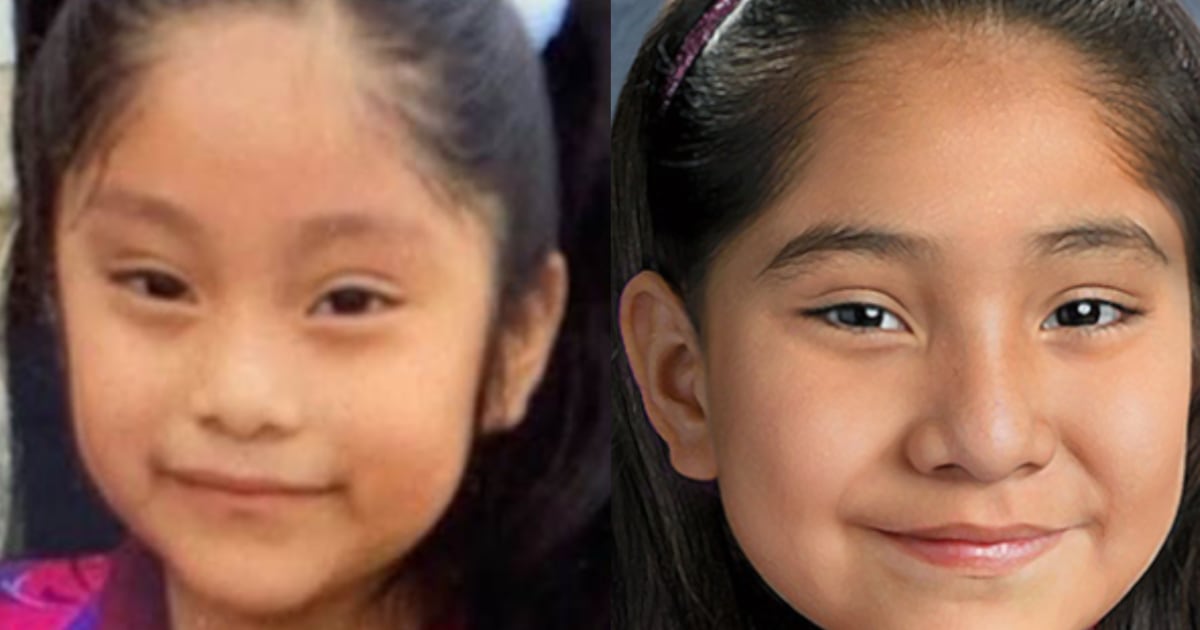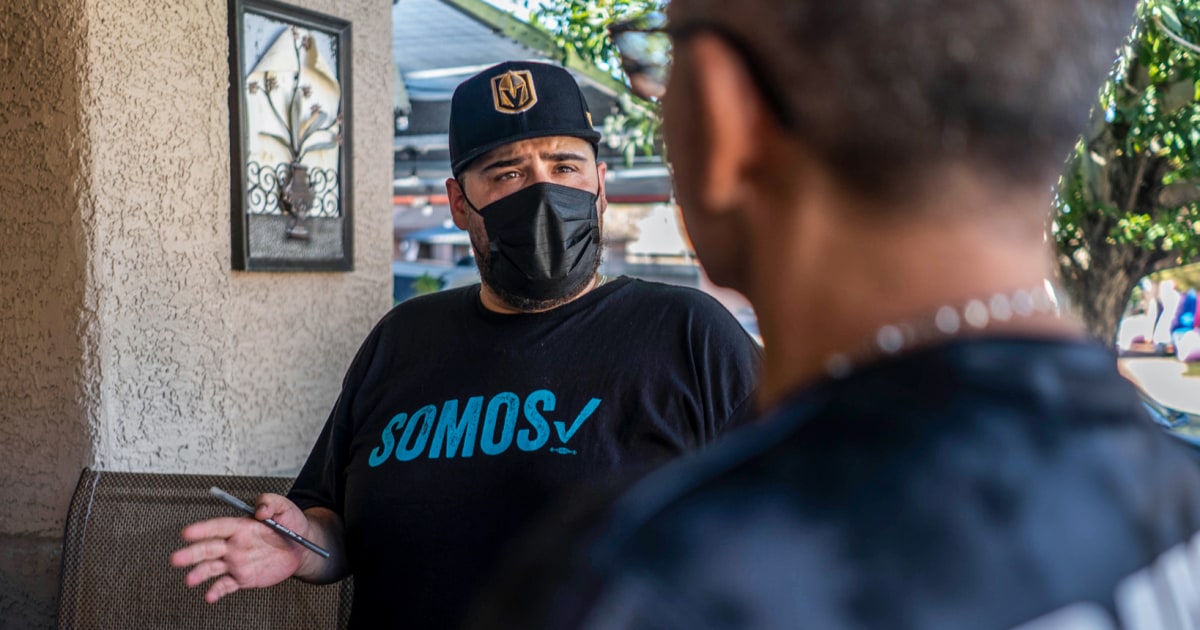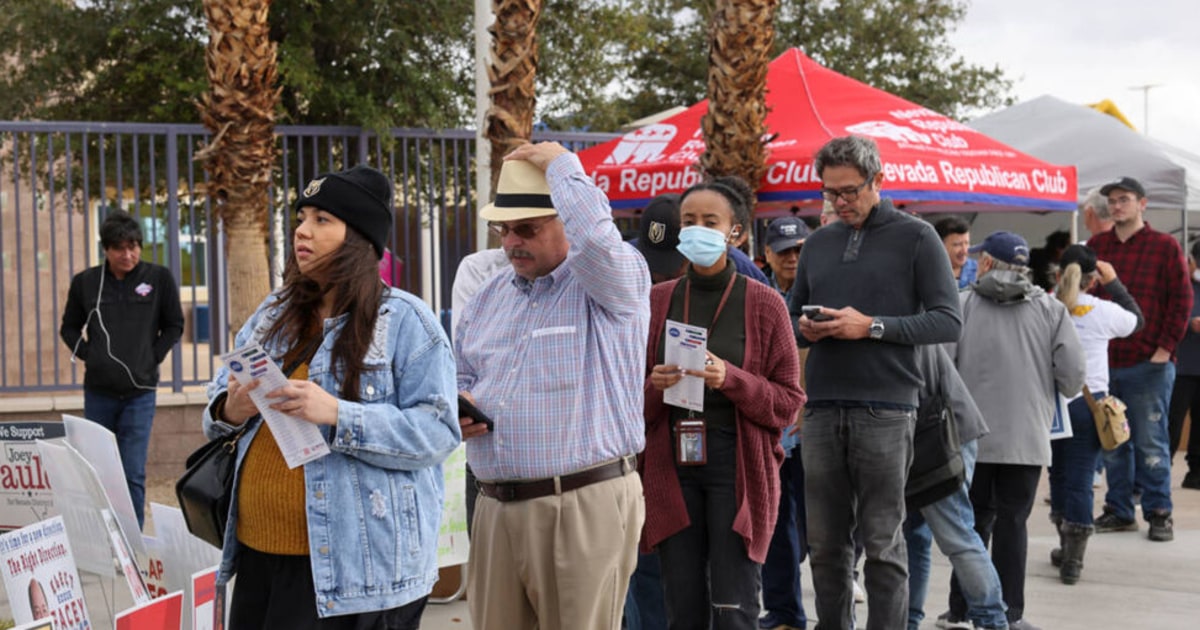"In The Heights" premieres on the big screen 2:25
(CNN Spanish) -
- Hispanics have accounted for more than half of the total growth of the population of the United States since 2010, according to a study by Pew Research published in July 2020. And that strong presence leaves its mark on many cities in the country .
Here we tell you what are some of those iconic places.
The Census Bureau defines as Hispanics those persons "whose origin is Mexico, Puerto Rico, Cuba, Spanish-speaking persons from Central and South America, and other Hispanics / Latinos, regardless of race. This last category includes Dominicans. and to the people who [in the Census] answered "Hispanic," "Latino," and other general terms. "
In a country where whites are still the majority, Hispanics are the largest minority in the United States, making it the second country with the largest Hispanic population in the world.
Only Mexico surpasses it.
According to the Pew study, "some of the largest Hispanic populations in the country are found in the four states that border Mexico: California, Texas, Arizona and New Mexico."
After Texas and California, other states that do not border Mexico also have large Hispanic populations, such as New York, Florida, New Jersey, and Illinois.
advertising
Texas has a Hispanic population of 11.5 million, the 2020 U.S. Census found.
Duranguito
A street in the Duranguito neighborhood in downtown El Paso.
According to the Pew study, "some of the largest Hispanic populations in the country are found in the four states that border Mexico: California, Texas, Arizona and New Mexico."
Texas has a Hispanic population of 11.5 million.
A neighborhood where the Hispanic population leaves its mark and identity is Duranguito.
Framed in a truly binational context, the neighborhood is located on the border between the United States and Mexico, in El Paso, Texas.
It is the first historic neighborhood in the city, characterized by its brick and stucco buildings, its Victorian houses and its abandoned markets.
Historical Mexican figures such as Pancho Villa and Francisco I. Madero passed through there, who were key in the Mexican Revolution of 1910.
Being close to the border, many of its inhabitants travel from one country to another for work every day.
In recent years, residents have protested, filed lawsuits against the city's intentions to build a sports stadium in the neighborhood and advocated for a landmark designation for the neighborhood, CNN affiliate KVIA reported.
Chepa's Park
Based on data from the 2020 Census, the Pew study highlights that California has about 15.6 million Hispanic residents.
That is why there are many neighborhoods and sectors there that have a strong imprint of this community.
One of them is Chepa's Park, which is in the heart of the oldest Mexican-American neighborhood in Santa Ana, California.
Meet the Spanish voice of the Dodgers, Jaime Jarrín 4:10
The park is named after Josephina "Chepa" Andrade, a community activist who stood up with other community members when city officials wanted to turn the predominantly Mexican-American neighborhood into an industrial neighborhood in the late 1960s. .
They founded a park and saved the neighborhood, the report says.
The park was originally called Logan Park, but was renamed in March 2008 to honor Andrade's activism.
Hispanics in Los Angeles, united by their identity
In Los Angeles, the Hispanic presence is so strong, that several communities have come together to somehow "officialize" their spaces.
As Oscar Domínguez, a Salvadoran corridor, told CNN in an interview, there is a project that aims to create a special space for these communities in five areas of the city called Little Latin America.
Hispanic Heritage Month: 5 Hispanics Who Have Shaped US History
One sector will be called Peru Village, another Paseo Colombia, another Corredor Guajaqueño, another Mayan Guatemala Corridor and a fifth place will be called Little Venezuela.
Each of these spaces seeks to honor and disseminate the culture and gastronomy of the various Hispanic communities.
The promoters are businessmen who have already presented a project to the local Council.
Rhode Island
The Dominican community also has its imprint in Rhode Island.
There it stands, as an icon, Fefa's Market, the first Dominican-owned winery to open in Providence in the mid-1960s.
The owner is Josefina Rosario, also known as Doña Fefa.
According to CNN, she and her husband are remembered "by many people who say they sponsored their families to come to the United States; they gave them free room and board until they could find work; and they made sure they had everything they needed. "according to Nuestro Raíces, the Rhode Island Latino Oral History Project.
The influence of Latino athletes in the US 0:53
The Friendship Park
Some people walk near the border fence in the Friendship Park of Tijuana (Mexico).
Located partly in Southern California and partly in Tijuana, Mexico, thousands of people visit the park to meet friends and family unable to cross the border and connect with them through the steel mesh fences that traverse the two countries.
It was inaugurated by First Lady Patricia Nixon in 1971, when loose barbed wire separated the two countries.
Washington Heights, New York
Lin-Manuel Miranda's Washington Heights will hit HBO Max on June 10.
(Credit: © 2021 Warner Bros. Entertainment Inc.)
According to the Pew study, between 2010 and 2019 the number of Latinos in New York increased by 319,500 even as the state's population increased by only 53,700.
In the north of historic Harlem, the Washington Heights neighborhood, home to a large Hispanic community, has its own Broadway musical, "In the Heights," recently made into a movie.
The story revolves around the Hispanic characters that live in the neighborhood, their customs, their rhythm, the gastronomy, the families and their dreams.
Hispanic heritage in Georgia
A study conducted by the City University of New York (CUNY) commissioned by CNN en Español showed that the Latino population in the state of Georgia grew from just over 100,000 in 1990, to around one million in 2014.
And one place where the Hispanic brand is most clearly seen is Buford Highway in Atlanta.
There you will find Plaza Fiesta, a multicultural shopping center.
With rather Mexican decoration, there you can buy from dresses and ornaments to try a wide variety of typical foods from the local Latino community.
Little Havana, Miami
When waves of Cubans fled their homeland after the 1959 revolution and in the decades that followed, many made their way to the neighborhood that remains the emotional center of Miami's Cuban community.
It is also home to a growing number of immigrants from other parts of America.
In 2017 it was declared a National Treasure.
In the axis of Little Havana or Little Havana is Calle Ocho, a gastronomic walk and also the scene of a traditional festival in which you can taste the best Cuban food and immerse yourself in the culture of this community.
Some data on the Hispanic presence in the United States.
According to data from the Census Bureau in 2020, the Hispanic or Latino population in the United States was 62.1 million.
It grew 23%, while the population that is not of Hispanic or Latino origin grew 4.3% since 2010.
In New York, New Jersey, Pennsylvania, New Mexico, Rhode Island, and Mississippi, Latino population growth outpaced that of the general population between 2010 and 2019.
Half of US Hispanics live in the southwestern border states, but the fastest growing population is elsewhere.
Hispanic Heritage Month tag

